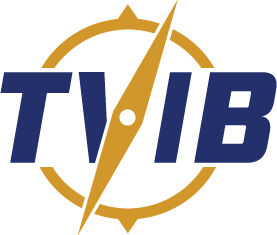TVIB staff will be changing over the next several weeks. Lee Nelson, our Survey Manager, has informed us that he will be resigning from TVIB effective in early July. Lee has agreed to work with TVIB to ensure a smooth transition as he wraps up his contract with us and will be available on an ongoing basis as a resource to our staff. Lee will continue to be an instructor for TVIB classes and assist with the development of our drydock and ISE course. Lee plans to focus on other business ventures he has been involved with, which are demanding more of his time and not allowing him to dedicate enough of his time to meet the growing demands TVIB customers require. We appreciate Lee’s many contributions to the development of TVIB as a leading TPO, and the training and customer support he has provided.
Caleb King, Audit/Survey Coordinator, is immediately taking on the primary survey processing and will be assisting customers with CG-835V/Marine Casualty resolution.
Additional staff resources are going to be added in the coming weeks to supplement our ability to provide services to our customers.
As a reminder, for marine casualty or CG-835V related issues please use the 24-hour Response Line (888) 983-TVIB(8842).
For questions about this announcement, please contact Chris Parsonage or Tava Foret.
